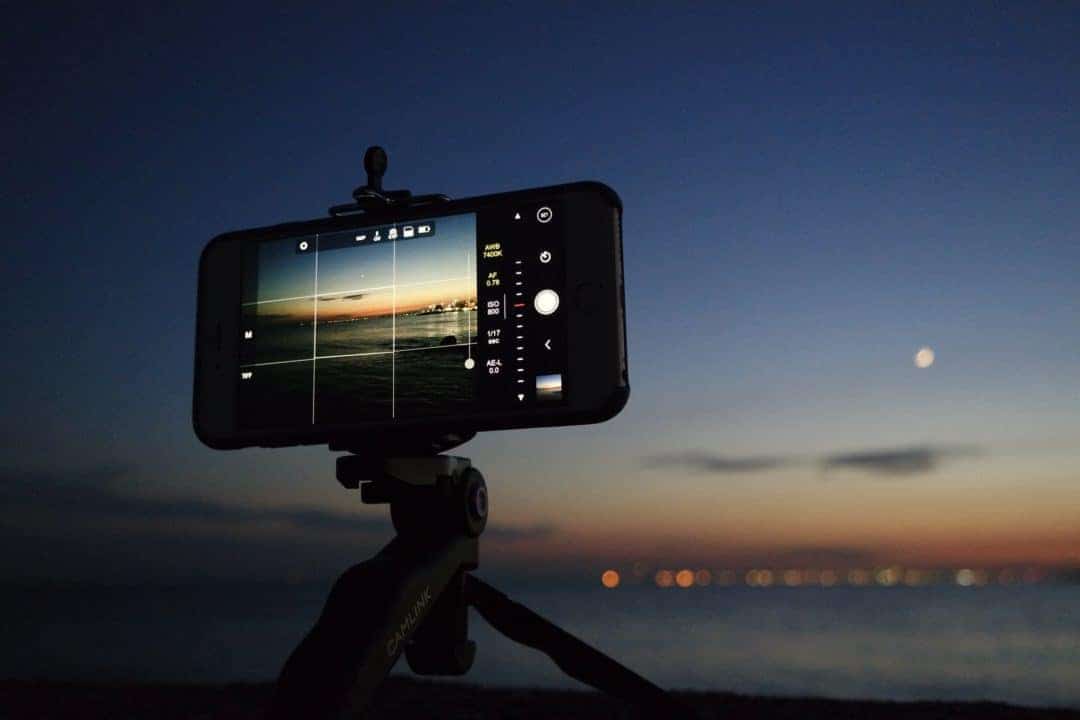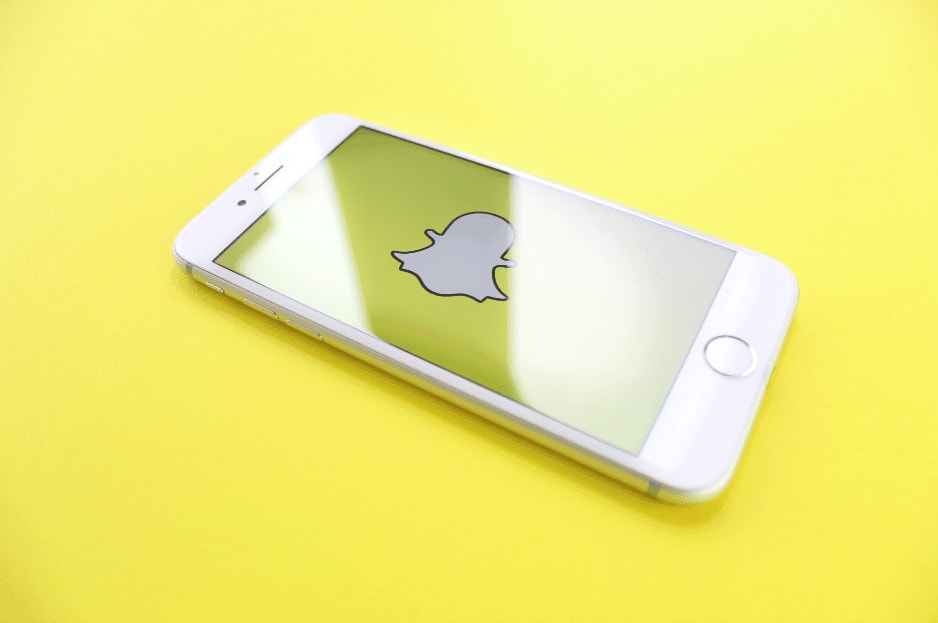Now that 2017 is almost over, it makes perfect sense to reflect over the incredible year that we’ve had within the Mobile App Development world. Mobile and digital is becoming increasingly mainstream as each year approaches. Businesses from all industries rely on the latest trends to help advertise and boost their existing revenue and meet customer expectations. As 2018 approaches, digital trends will continue to introduce new, cutting-edge techniques and tools to help shape 2018 into another great year for tech. But for now, let’s reminisce over the top mobile app development trends that made 2017 amazing.
1. Augmented Reality (A.R.) & Virtual Reality (V.R.):
If you are anywhere up to date with modern mobile app development trends, then AR and VR is something that shouldn’t be new to you. This year, we saw AR and VR become revolutionary not only in mobile, but also within gaming and the entertainment industry. Ever since the success of 2016’s Pokémon Go, we’ve seen other business like IKEA Place and Snapchat capitalise on the trend, and all have been successful. Apple’s latest USP on their devices revolves on their AR:Kit to help manufacture their AR-based devices along with their A11 Chip Processor for AR-based apps.
2. Cloud-Driven Mobile Apps:
Cloud-driven platforms have existed for a while, and over the years it has improved to the point of becoming fully endorsed by consumers. This year, Cloud-driven technology managed to find its way into mobile apps. Now, apps have become even more powerful as they directly fetch data from the cloud system, which ultimately frees up more space on a users device (which is something we’ve all been begging for right!?). Apps like iCloud, Dropbox and Google Drive demonstrates how convenient cloud-driven apps are within businesses and personal use.
3. Wearable Devices:
What’s better than having the capabilities of a mobile on your wrist in a stylish form? Oh yes, wearable technology. The market for wearable devices is on high demand each year, with a 20.3% Composite Annual Growth Rate (CAGR) increase being predicted by the International Data Corporation (IDC) within the next couple of years. This year we’ve seen the Apple Watch, Google Daydream View and Fitbit Flex take the wearable market by storm, evolving the way the technology was originally intended to be used. These devices indicates that they’re not just restricted to the healthcare industry, but instead can be used for personal purposes, making this one of the promising trends to develop further in 2018.
4. Artificial Intelligence (A.I):
Artificial Intelligence is a foundation that has improved year after year. But 2017 in particular showcased just how powerful and mainstream the trend can be. Through the use of advanced analytics and machine learning technology, A.I has helped provide businesses with a powerful insight into their market-base and consumers unlike ever before. We’ve seen A.I become increasingly endorsed this year with the notable mentions of Alexa and Siri. With a reportedly 300% increase in investment towards the trend, you can expect A.I to learn even more about you in 2018.
5. Security:
Security within mobile and apps is a crucial factor for any App Development business to consider. In 2017, it was reported that 75% of mobile apps wouldn’t even pass a basic security test, which demonstrates the importance of the role. Unfortunately, hackers are always looking for a gap within the development process to try and steal sensitive data. However, by businesses using the JavaScript Framework system or Two-Factor Authentication, the risk of being hacked can be avoided as these methods will continue to increase in strength of securing data within the new year.
6. Wireless Audio:
When Apple first announced the removal of their traditional headphone jack, everybody went into an uproar. Some even taking matters into their own hands and trying to D.I.Y. a headphone jack into their own devices themselves. Despite the controversy, this move made by Apple inspired other competitors to do the same, which helped push the trend of wireless headphones. Streaming services like Spotify, Apple Music and Tidal have needed to reconsider their operating systems within their apps to help cater towards the market of people using wireless headphones. This trend was introduced over the recent years, meaning in 2018 we can expect other businesses to continue pushing the trend further.
7. UI/UX Design:
The design process within mobile app development this year has seen a noticeable overhaul in terms of how apps are designed. This year, apps have been designed to be bolder and stylish. With simpler navigation, voice over interfaces, functional animation and large/bold headlines, it’s fair to say that the beauty of apps is something taken very seriously. However, this process is extremely fickle and in 2018, who’s to say that the trend won’t change again?
When it comes to mobile app technologies, skilled developers can't afford to rely on outdated tools and trendsClick To TweetWhen it comes to mobile app technologies, skilled app developers cannot afford to rely on outdated tools and trends. 2017 bursted with a lot of potential for tech and by having learned from what was successful this year, you could enhance your skills and help make 2018 the best year for mobile app developers.
If you have an awesome app idea, why not get in contact with us today! Who knows, maybe one of your apps will be featured in our articles!
Share this
Subscribe To Our Blog
You May Also Like
These Related Stories

What Makes an App Popular?

The Camera Industry: What did Mobile Phones do to Disrupt it?





